Series Startup of Slurry Pumps: Methods for Optimizing Flow & Pressure
This article provides a comprehensive overview of the methods used for series startup of slurry pumps. Series startup involves connecting multiple pumps in a series to achieve increased flow rates or higher pressure. Understanding the different approaches to series startup is crucial for optimizing pump performance and ensuring efficient operation in slurry handling systems.
Description:
This article provides a comprehensive overview of the methods used for series startup of slurry pumps. Series startup involves connecting multiple pumps in a series to achieve increased flow rates or higher pressure. Understanding the different approaches to series startup is crucial for optimizing pump performance and ensuring efficient operation in slurry handling systems.
Introduction to Series Startup:
Series startup is a common practice in slurry pumping systems where there is a requirement for higher flow rates or increased pressure. By connecting multiple pumps in a series, the system can achieve the desired pumping capacity, ensuring efficient transportation of slurries over long distances or against high head pressures.
Methods for Series Startup:
1. Direct Coupling:
The direct coupling method involves directly connecting the impellers of multiple pumps in series using shaft couplings or similar mechanical connections. This method is suitable when the pumps have identical operating characteristics, such as head, flow rate, and efficiency. The direct coupling method ensures synchronized operation of the pumps, resulting in optimal performance and efficiency.
2. Pressure Control Valves:
Pressure control valves are often used in series startup to balance the flow between pumps and prevent overload conditions. The pumps are connected in series, and pressure control valves are installed on each pump’s discharge line. These valves regulate the pressure by diverting excess flow back to the suction side of the pump or to a recirculation line. Pressure control valves help ensure even distribution of flow and prevent overloading of individual pumps.
3. Variable Speed Drives:
Variable speed drives (VSDs) offer precise control over the flow rate and pressure of pumps in series startup. VSDs allow for adjusting the rotational speed of each pump, enabling fine-tuning of the operating conditions. By synchronizing the speeds of the pumps, the system can achieve the desired flow rate and pressure. VSDs also provide energy-saving benefits by allowing the pumps to operate at optimal speeds based on the system requirements.
4. Automatic Control Systems:
Automatic control systems provide advanced control and monitoring capabilities for series startup. These systems utilize sensors, controllers, and communication networks to monitor the operating parameters of each pump and adjust their performance automatically. By continuously analyzing the system conditions and making real-time adjustments, automatic control systems optimize pump operation, enhance efficiency, and protect against overload or underload conditions.
Conclusion:
Series startup of slurry pumps is a vital technique for achieving higher flow rates and increased pressure in slurry handling systems. The methods discussed, including direct coupling, pressure control valves, variable speed drives, and automatic control systems, offer different approaches to achieve successful series startup. The selection of the most suitable method depends on factors such as pump characteristics, system requirements, and desired operational flexibility. By implementing effective series startup methods, industries can ensure efficient pump performance and reliable transportation of slurries.

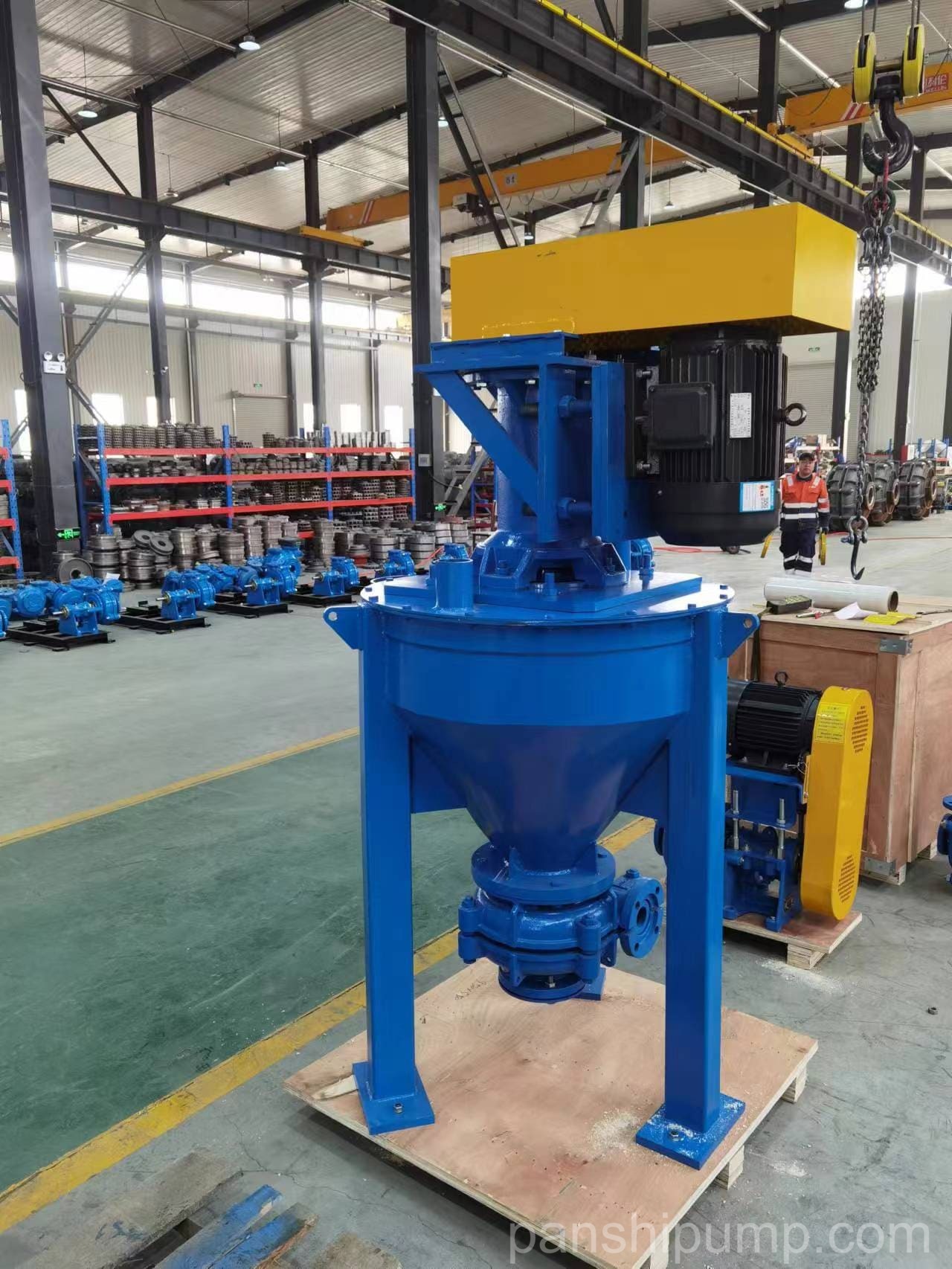
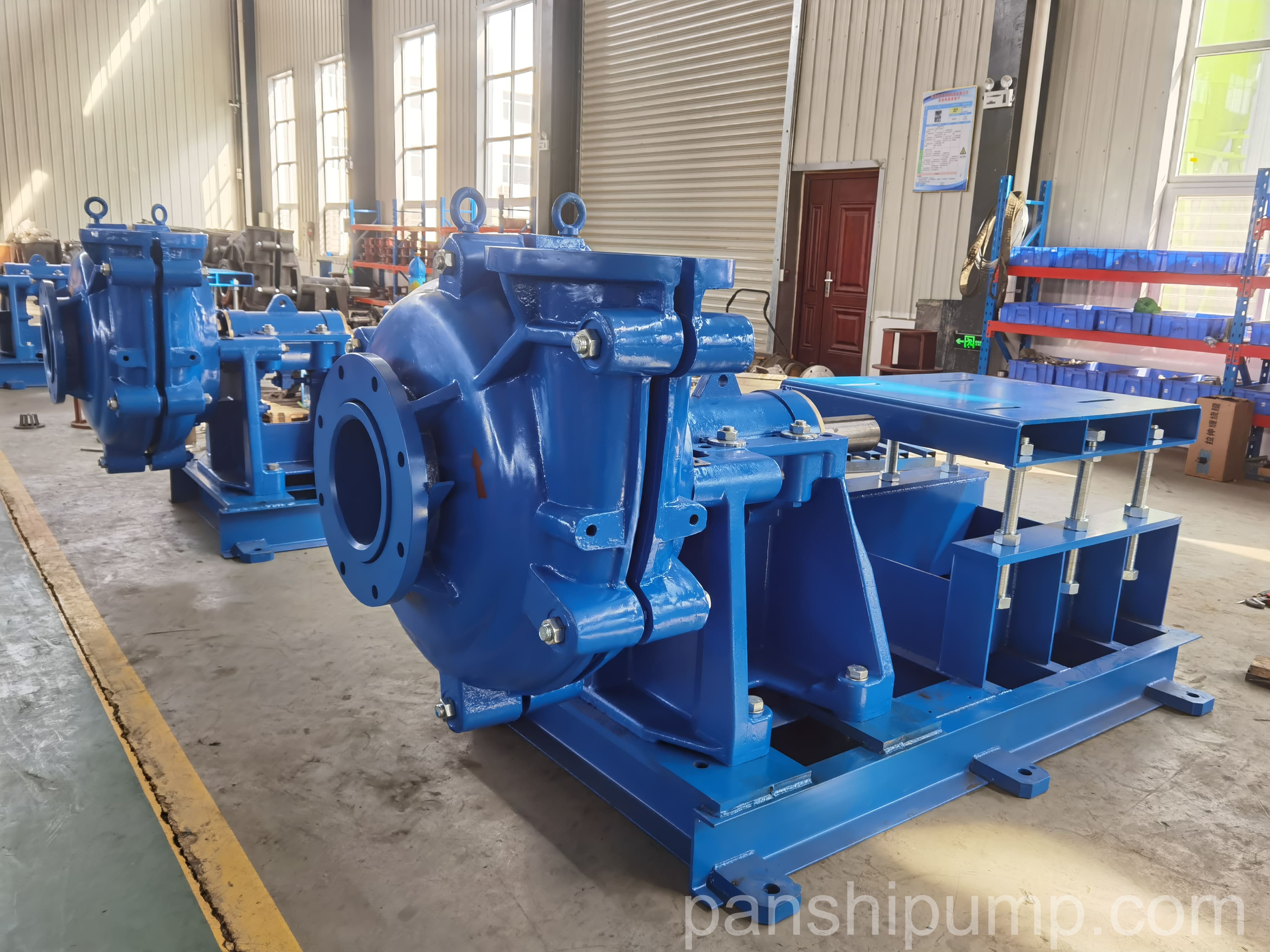
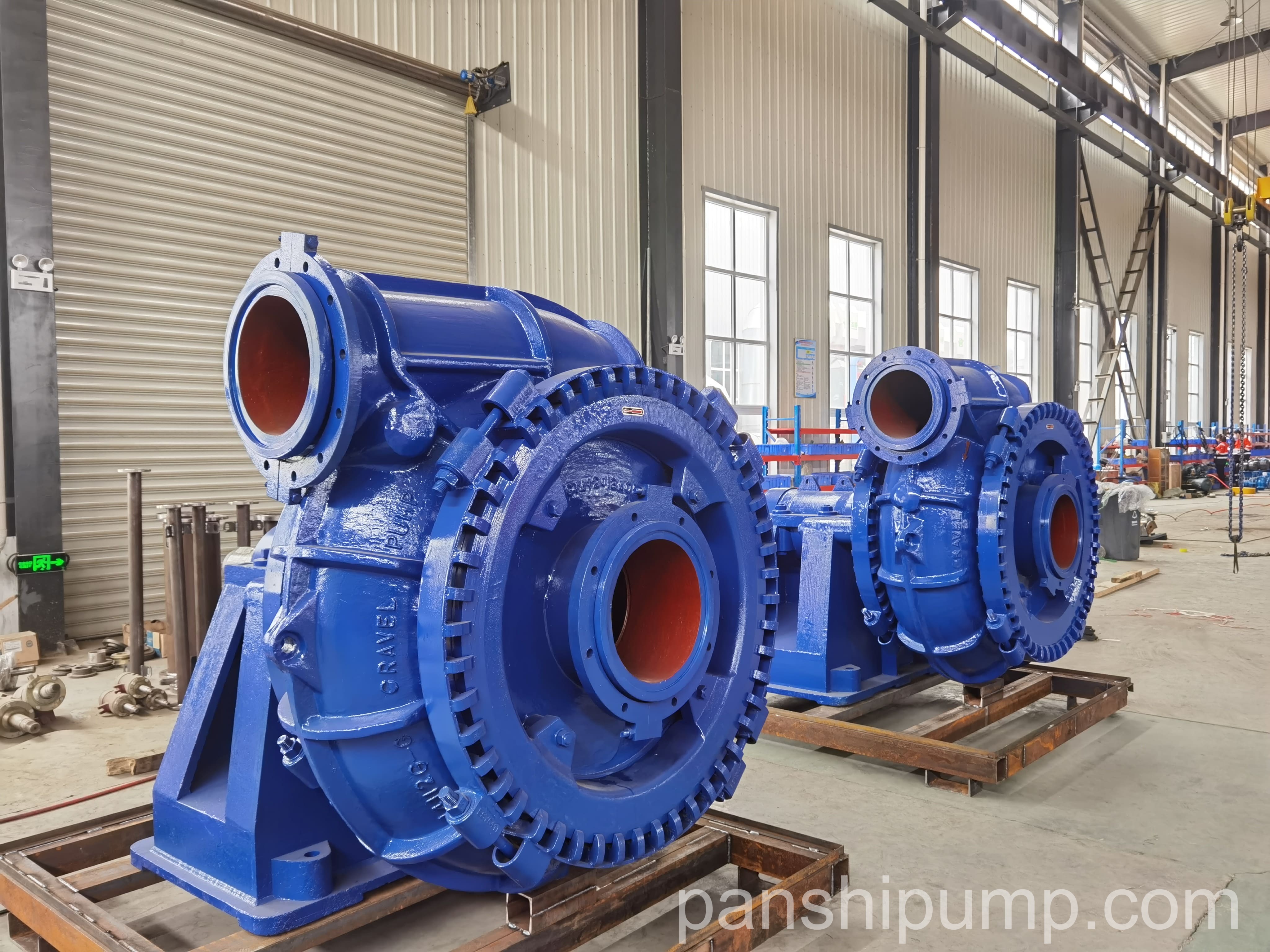
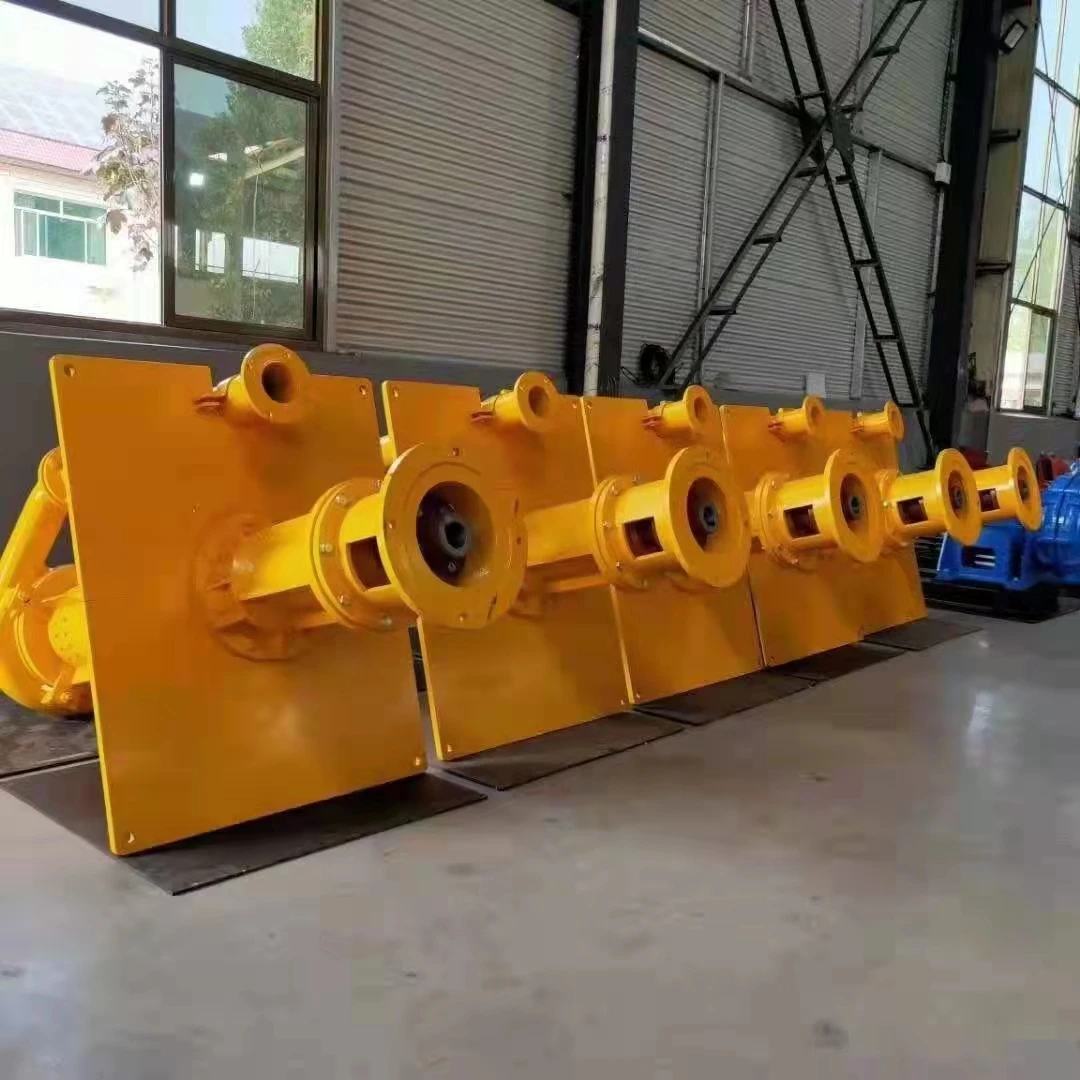
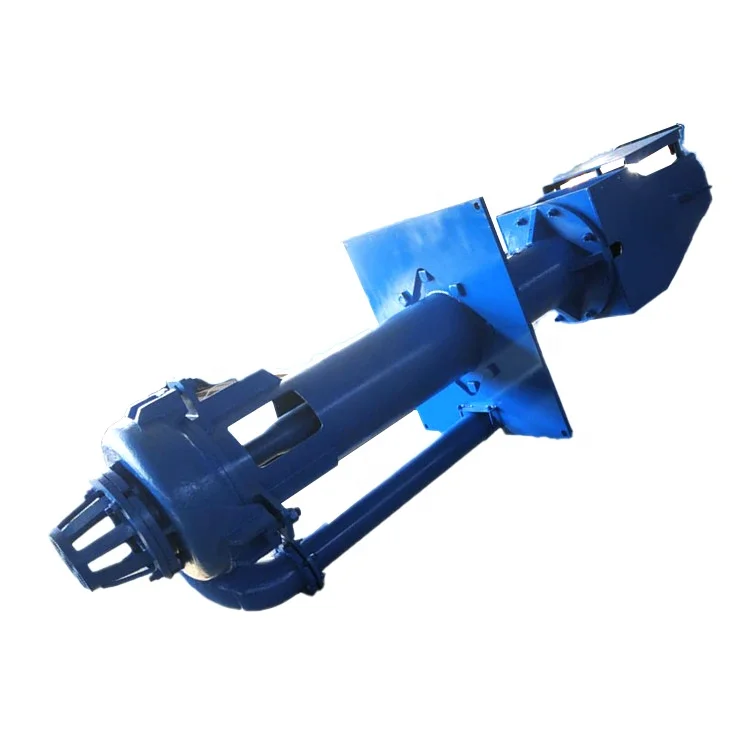
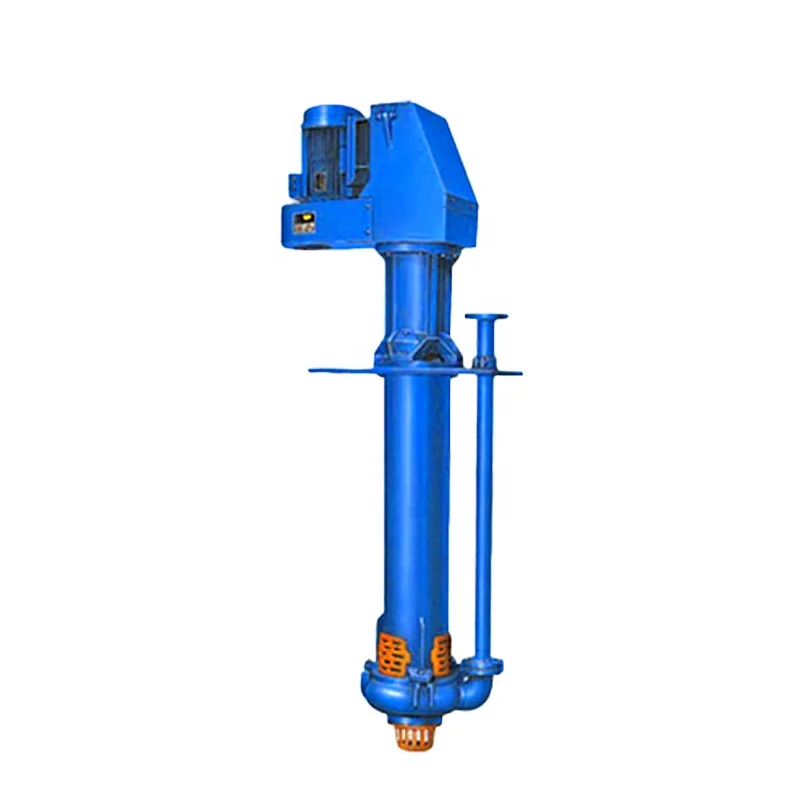
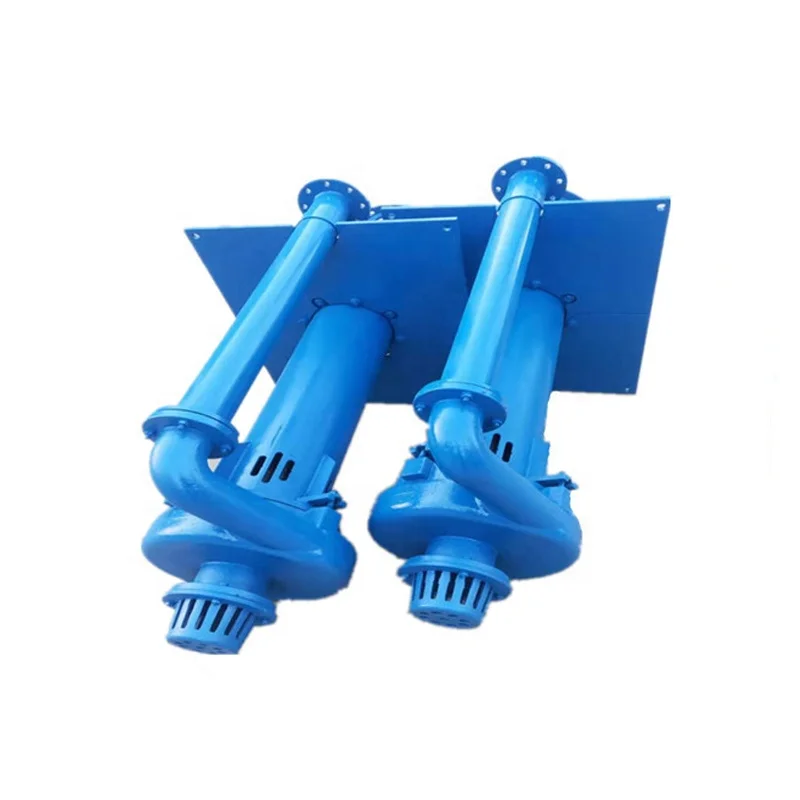
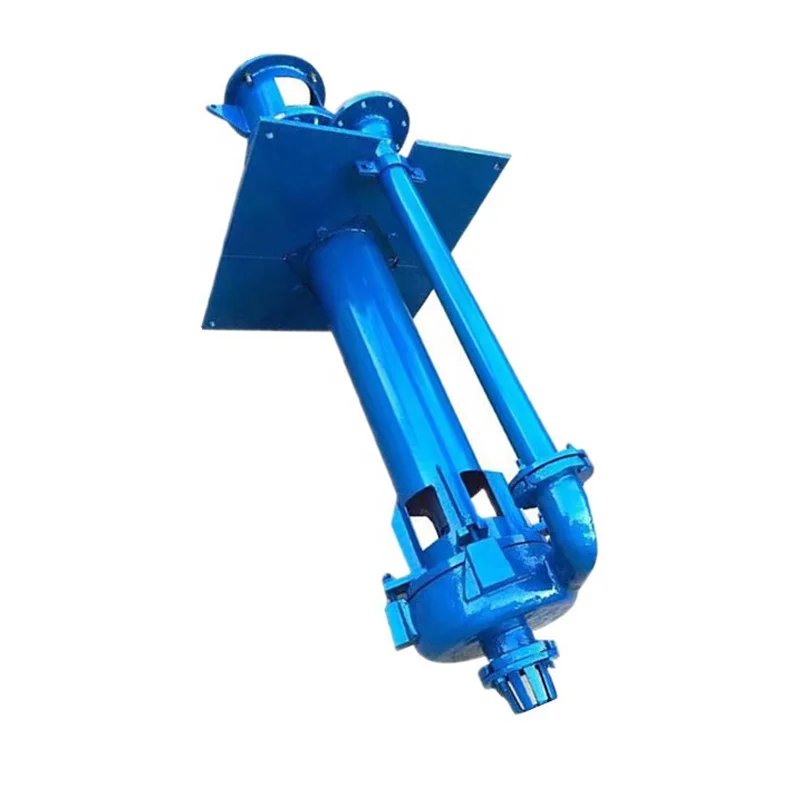
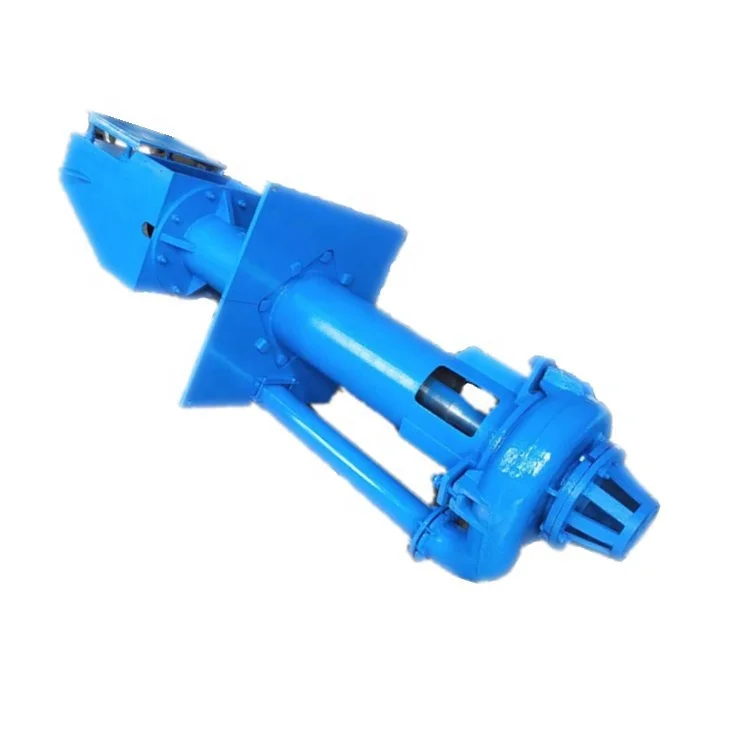
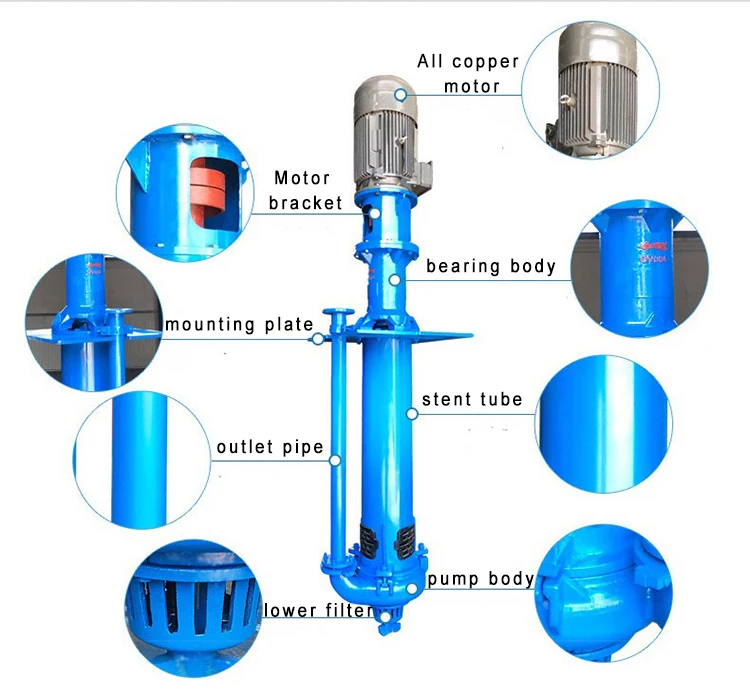
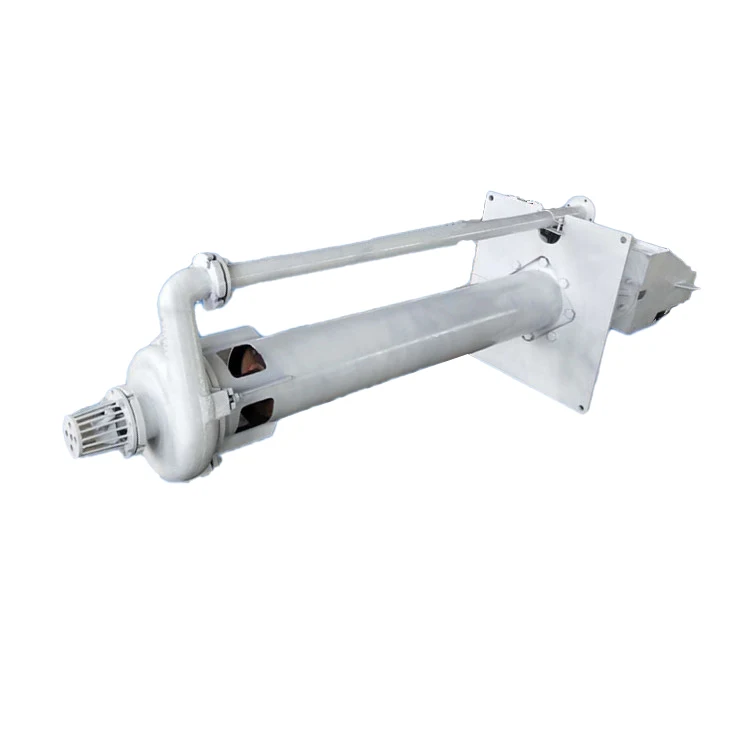
Please login to write a comment after